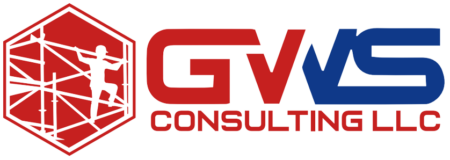In today’s industrial and construction landscape, maintaining a safe work environment is of paramount importance. The Occupational Safety and Health Administration (OSHA) sets strict regulations and standards to protect workers from potential hazards. Why scaffold and OSHA plays a crucial role? Keeping workers in compliance with OSHA regulations, promoting safety, and mitigating risks on job sites. This article explores the significance of scaffold in ensuring OSHA compliance and the benefits it brings to both workers and employers.
1. Fall Protection:
Falls are one of the leading causes of workplace injuries and fatalities, emphasizing the critical need for fall protection measures. Scaffold systems, such as supported scaffold, provide a secure elevated platform for workers to perform their tasks while reducing the risk of falls. By adhering to OSHA regulations on scaffold design, installation, and proper use, employers can effectively safeguard their workers from potential fall-related accidents.
2. Access and Egress:
Proper access and egress to elevated work areas are essential for both worker safety and efficient operations. Scaffold structures, including stair towers and ladders, ensure safe and convenient entry and exit points. OSHA regulations outline specific requirements for scaffold access, such as guardrails, handrails, and secure footing. By utilizing compliant scaffold systems, employers enable workers to access elevated areas safely, minimizing the risk of slips, trips, and falls during ascent and descent.
3. Safe Working Platforms:
Scaffold platforms provide stable and secure surfaces for workers to perform their tasks, preventing accidents caused by unstable or inadequate working areas. OSHA mandates scaffold platforms to be constructed with materials capable of supporting the intended loads. Regular inspections and maintenance of scaffold components, such as planks and decking, are necessary to ensure their structural integrity. By utilizing OSHA-compliant scaffold systems, employers can provide workers with a reliable and safe working platform, minimizing the risk of injuries and accidents.
4. Material Handling and Tool Storage:
Scaffold systems offer practical solutions for material handling and tool storage, contributing to a clutter-free and organized work environment. OSHA regulations require employers to ensure that materials and tools are properly secured and stored to prevent hazards. Scaffold structures, with their designated areas for storing equipment and materials, help maintain a tidy workspace, reducing the potential for accidents caused by tripping, falling objects, or misplaced tools.
5. Enhanced Communication and Collaboration:
Effective communication and collaboration are crucial for maintaining a safe work environment. Scaffold structures, such as pedestrian protection tunnels (canopies), enable workers to communicate and coordinate their activities more efficiently. This helps prevent accidents caused by miscommunication, enhances situational awareness, and promotes a culture of safety on the job site.
Scaffold systems play a pivotal role in keeping workers in compliance with OSHA regulations, ensuring their safety, and mitigating risks in the workplace. By adhering to OSHA standards for scaffold design, installation, and use, employers can provide a secure and controlled environment for their workers. Scaffold not only facilitates OSHA compliance but also enhances productivity, promotes efficient operations, and fosters a culture of safety within the workforce.
Renting a quality scaffold systems and regularly maintaining them in accordance with OSHA guidelines is a testament to an employer’s commitment to worker safety. By prioritizing scaffold safety measures, employers can create a work environment where workers can confidently perform their tasks, knowing that their well-being is protected.




